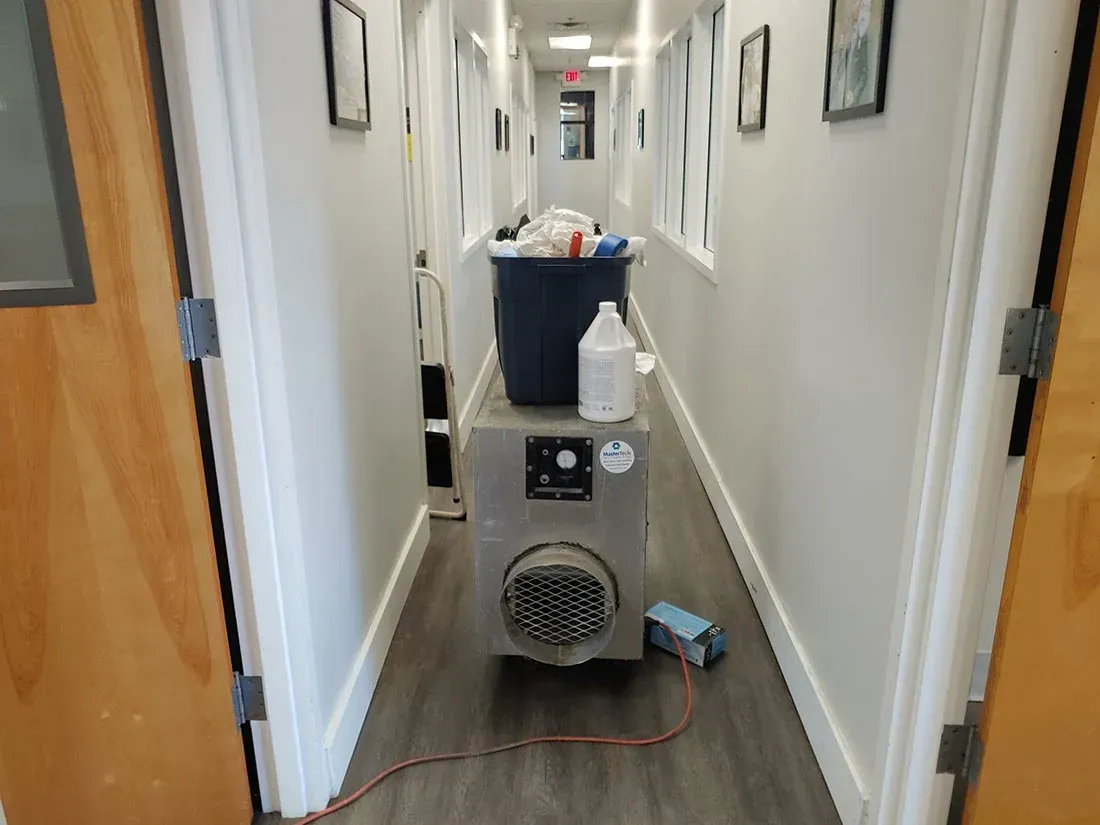How Can We Prevent Mold Growth in Myrtle Beach Classrooms?

We all cherish and work to protect the health and safety of our children. Whether you’re a parent, an educator, or a concerned neighbor, it’s unsettling to think that something invisible—like mold—could be lurking in school hallways and classrooms. Yet, high humidity and moisture can create perfect conditions for mold to thrive in a coastal region like Myrtle Beach. When left unchecked, mold may affect students and staff alike. By learning what to watch for, everyone in the community can help ensure our schools remain places for children to learn and grow.
The Myrtle Beach Climate Connection
Living in a vibrant, coastal city has many perks—warm beaches, fresh seafood, and plenty of sunshine. However, the very climate that makes Myrtle Beach so appealing can also bring unwelcome challenges indoors, especially for school buildings. High humidity levels, sudden storms, and occasional flooding contribute to excess moisture, setting the stage for mold to thrive.
But how does humidity or a single leak become a school-wide concern? Sometimes, it’s simply a matter of budget constraints that delay maintenance. Other times, staff may not realize small water spots in corners or musty odors in storage areas could hint at bigger mold issues behind the scenes. When classes are in session, everyone is busy—teachers are focused on their students, and custodians have countless tasks. It’s easy for mold-friendly conditions to sneak by unnoticed.
When Moisture Meets Classroom Materials
Schools are filled with bustling energy, but they also contain plenty of materials that mold loves: textbooks, posters, papers, cardboard boxes, carpeting, and wood. If these items become damp—perhaps from a dripping ceiling or a leak near a classroom sink—mold spores can quickly establish themselves.
In older buildings, ceiling tiles or window frames may have tiny cracks that allow rainwater or condensation to seep in. Portable units or modular classrooms often face similar issues if they’re not inspected and ventilated regularly. Once moisture is trapped, mold has the perfect environment to take root and spread. Even if mold starts in a remote corner, it can potentially affect the people who use that space every day. So, how does mold harm students and staff?
Mold’s Impact on Health and Learning
Most of us rarely think about air quality unless there’s an obvious problem. Unfortunately, mold can go unnoticed for quite some time, quietly releasing spores and particles into the air. Children are especially vulnerable because their respiratory systems are still developing. Teachers and school staff, who spend hours each day in these buildings, can also face repeated exposure if mold is allowed to linger.
The symptoms might initially be mild—sneezing, watery eyes, or a runny nose that resembles typical allergies. But in more serious cases, mold exposure has been linked to asthma attacks, persistent fatigue, headaches, and a general sense of feeling unwell. Some parents notice their child’s symptoms improve over the weekend or during holiday breaks, raising questions about what might be happening inside the school.
For certain individuals, mold can become a significant health hazard, exacerbating chronic respiratory conditions or triggering more severe allergic reactions. When repeated exposure goes unaddressed, the classroom environment can become a source of worry instead of a place of inspiration.
Spotting Mold (Even When it’s Hidden)
Mold doesn’t usually arrive with a neon sign announcing its presence. In fact, it thrives in dark or enclosed spaces, making it easy to overlook. While some cases are dramatic—think black spots on ceiling tiles—others are subtle. Below are a few signs that may point to a mold issue:
1. Lingering Musty Odors: A persistent, earthy smell that can’t be traced to gym socks or old lunches may mean mold grows behind walls or under flooring.
2. Discolored Ceiling Tiles or Walls: Yellowish or brownish stains often indicate water damage, which can be a precursor to mold.
3. Unusual Health Complaints: The air quality may be compromised if multiple students or teachers experience similar allergy-like symptoms in one area.
4. Water Drips or Leaks: Notice any water leaks—no matter how small—and address them quickly. Even a little water seepage can lead to big mold problems.
A Lawsuit Close to Home
In Horry County, there have been reports of lawsuits filed by educators who developed serious health issues they believe stemmed from mold exposure in classrooms. While these situations can be complex, they highlight a stark truth: ignoring mold complaints can lead to health problems, costly legal disputes, and a break in community trust.
Creating a Culture of Prevention and Awareness
Schools are not just buildings but spaces where children expand their minds, discover interests, and build friendships. Prioritizing indoor air quality by preventing mold growth is about more than just aesthetics. It’s a commitment to each child’s well-being, every teacher’s day-to-day comfort, and the broader community’s peace of mind.
Taking mold concerns seriously can foster a sense of trust among parents, guardians, staff, and administrators. Everyone benefits when schools are proactive—carrying out regular checks, fixing moisture issues quickly, and scheduling thorough remediation when needed. And in a place like Myrtle Beach, where humidity and coastal weather are part of everyday life, staying vigilant against mold isn’t just a task on a to-do list; it’s a responsibility to our children and future generations.
By working together—reporting problems as soon as they arise, maintaining open communication, and supporting thorough remediation when necessary—Myrtle Beach can ensure its schools remain the nurturing, safe environments every child deserves. If mold concerns arise in a local school, speak up. Action taken today can make a lasting difference for the well-being of students and staff tomorrow.



